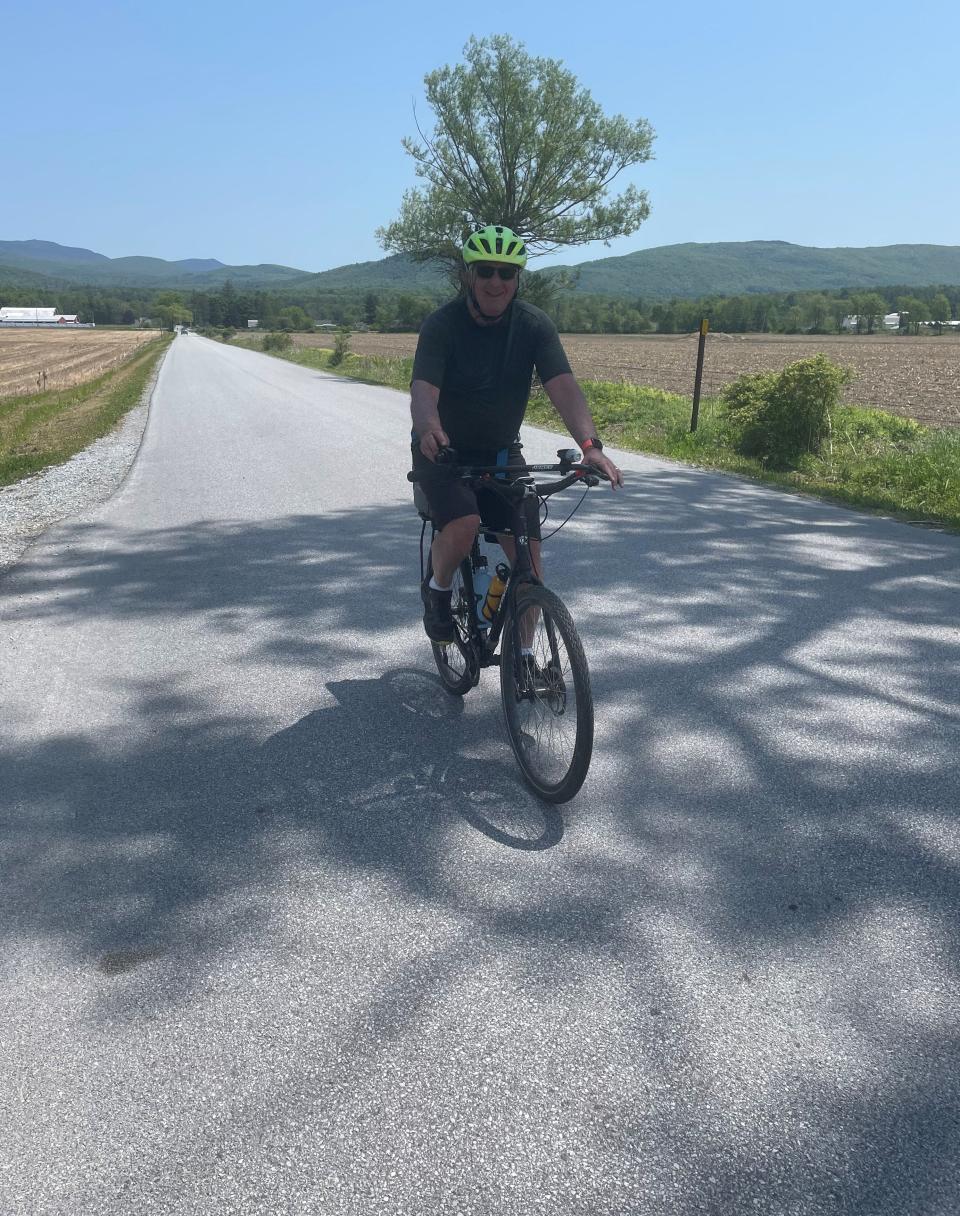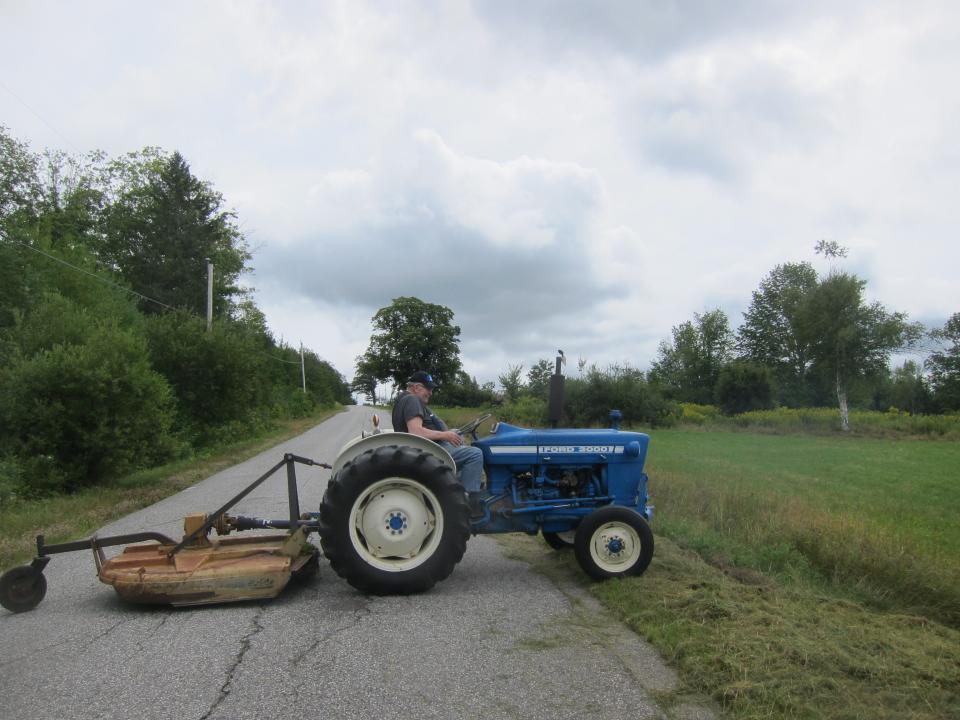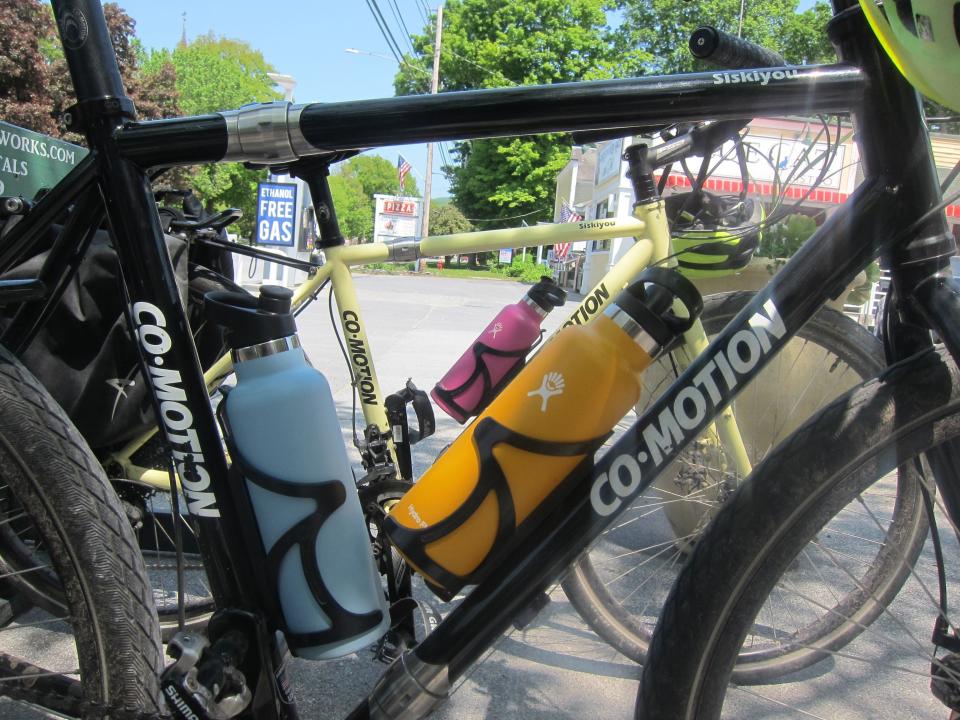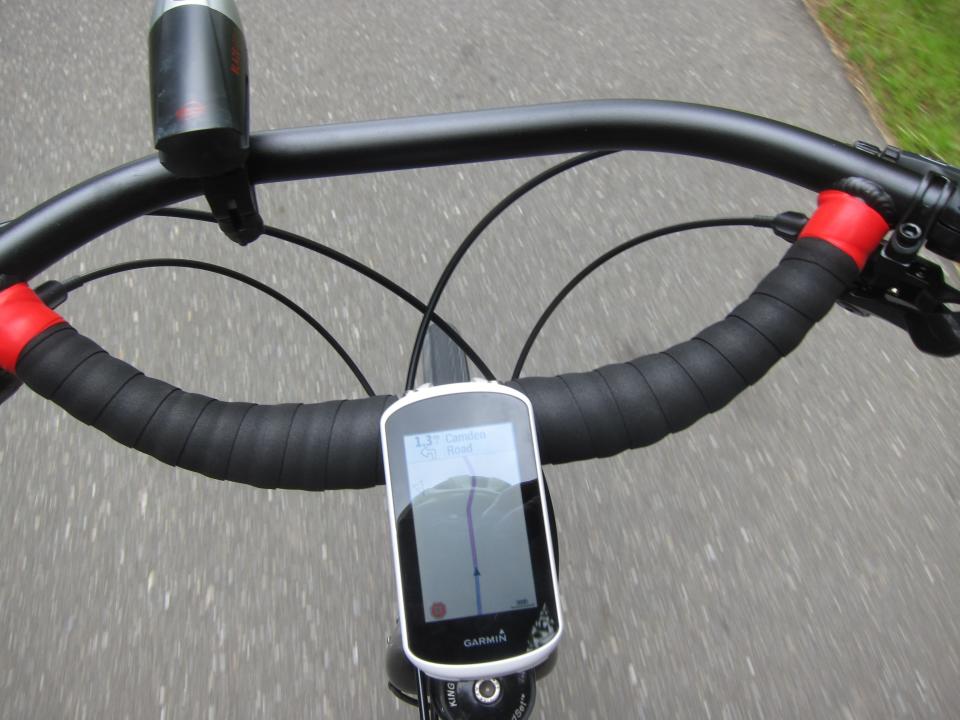Here's a quick primer on how to get your bike and yourself ready for the trail
I've been riding bikes pretty much my whole life. I got hooked early on the feelings of freedom, independence and adventure riding gave me as a kid growing up in Oklahoma, and by the age of 12 or 13 I was taking day-long rides into the hinterlands surrounding my hometown of Tulsa.
I never knew what I would come across on the sun-baked blacktops of rural Oklahoma, riding through farmland, industrial areas and neighborhoods. I loved passing through the scenery, catching a glimpse of a farmer plowing his fields on a green-and-yellow John Deere tractor, or a scissor-tailed flycatcher swooping through the sky catching insects, or children playing on a swing set in their backyard, running and yelling. I loved feeling the air on my skin, the sun on my back, the wind, and yes, even the rain, although the latter was uncomfortable.

More than 50 years later (oh no, really?) I am still riding, and I am still hooked on the same feelings, sights and sounds I experienced five decades ago. The bonus now is that it makes me feel young again, at least for a few hours.
So let's go over some basic stuff about your bike and its engine − you − that I've picked up over the years in an effort to make your journey on the Lamoille Valley Rail Trail as enjoyable as it can be.
No squeaking, squealing or thumping allowed on a well-adjusted bicycle
The first thing to remember is that your bike is a machine, and as a machine it must be properly maintained. The bicycle may be the most efficient method of converting human power into forward motion ever invented, but if it's not properly lubricated and adjusted you'll be fighting it all the way, and it won't be pretty.

There are two major systems on your bike that must be properly adjusted − the brakes and the drivetrain, consisting of the front chainrings, the chain, the rear cluster of gears and the front and rear derailleurs. The brakes, whether they're caliper brakes that clamp down on the rim, or disk brakes, which I recommend as far superior, should engage smoothly with a relatively short pull on your brake levers, and should not squeak or squeal.
The drivetrain should shift quickly and positively without any clanking or banging. Modern drivetrains have gotten incredibly good, with clean, quick shifts at the push of a button or click of a lever − and if that's not how yours is working, something is out of whack. And again, there should be silence, except for the whirring of gears, No squeaking. That's what chain lubrication is for, and it shouldn't be neglected.

Your wheels need to be true. They should not wiggle or wobble. This is achieved through tensioning the spokes and requires the experienced hand of an expert. Actually all this stuff does, which is why I recommend finding a bike shop you trust. My short career as an amateur bike mechanic ended long ago.
And speaking of your wheels, make sure your tires are properly inflated. The range of pressures, expressed in pounds per square inch, or P.S.I., is right there on the side of your tire. The best way to achieve the proper P.S.I. is with a good floor pump with a gauge on it, so you know exactly how much air is in your tires. I learned a long time ago that the squeeze-it-with-your-thumb method of checking tire pressure doesn't work, and is highly inaccurate.

Why is this so important? Because there is just about nothing that will slow you down more and make you work harder than under-inflated tires − unless it's a farmer driving his tractor across the road right in front of you.
Make sure you're on the right-sized bike and your riding position is locked in
Now let's turn to the engine. The first priority is to make sure the bike fits you and you fit the bike. I will invoke the experts at your favorite bike shop here again, but there is a basic, simple test I can impart. Your knees should not be practically hitting your chest as you ride, and I've seen that a lot.

Here's a quick check. If you're on the bike and you extend one of your legs straight down, so the pedal is at the bottom of its circuit, there should be a slight bend in your knee. Otherwise your seat is too low, or too high, and that's inefficient in terms of utilizing the power of your legs, and also is hard on your knees.
How about your clothing? Yes, jean shorts and a t-shirt were good enough for me when I was a kid in Oklahoma, but there is cycling-specific clothing for a reason. It's comfortable and it's designed not to restrict you and make it harder to pedal. You don't have to wear that skin-tight Spandex gear. There's lots of bike clothing out there that looks relatively normal, and it's worth the investment for riding comfort.
Clothing includes shoes. Your shoes are what's between the power in your legs and the forward movement of your bike, so it's important they transfer that power efficiently, which is why there are bike shoes with relatively stiff soles. The best cycling shoes, in my opinion, are clipless, which lock into a special pedal the way ski boots lock into a binding, but they're probably best for experienced riders.

Now let's turn to food and water. You need both, whether you think you do or not. I use 21-ounce HydroFlask bottles with the sport top because they keep water cold all day, even when it's hot outside, and that's a miracle. I carry one on short rides and two on longer rides in water bottle cages mounted on my bike.
When it comes to food, peanut butter and jelly sandwiches are hard to beat, although I also carry energy bars. You'll need something on your bike to put that food in, along with sunscreen, your car keys, a rain jacket, etc. I use a rack-mounted bag. You could also go with a handlebar bag or panniers, but get something, and don't make it a backpack, which are unwieldly and uncomfortable on a bike.

One last thing: Riding technique. You should never be straining against your pedals, even climbing a monster hill. If you are straining, you need to switch to a lower gear so you can spin the pedals with relative ease. You will do yourself a huge favor if you master the technique of using all those gears your bike undoubtedly has.
Contact Dan D’Ambrosio at 660-1841 or ddambrosi@gannett.com. Follow him on Twitter @DanDambrosioVT. This coverage is only possible with support from our readers.
This article originally appeared on Burlington Free Press: A quick guide to getting your bike and yourself ready to ride.

